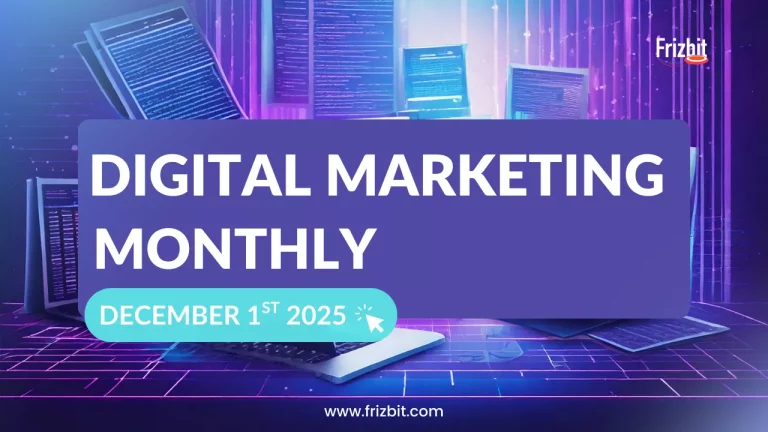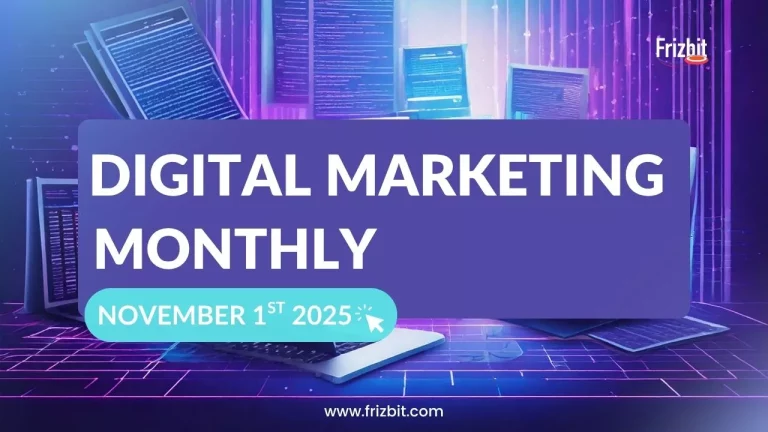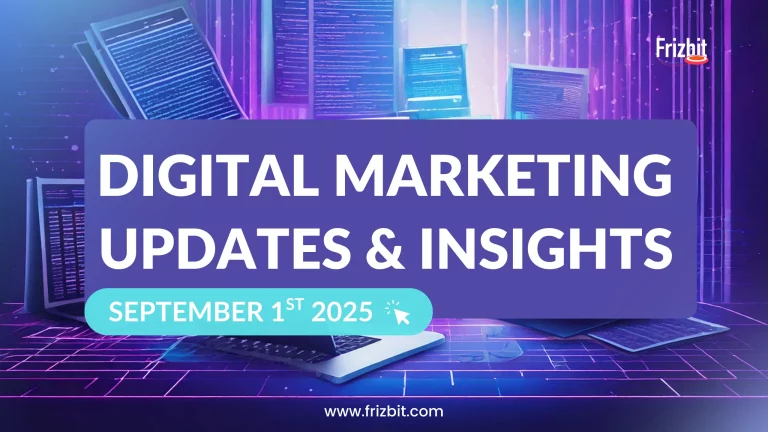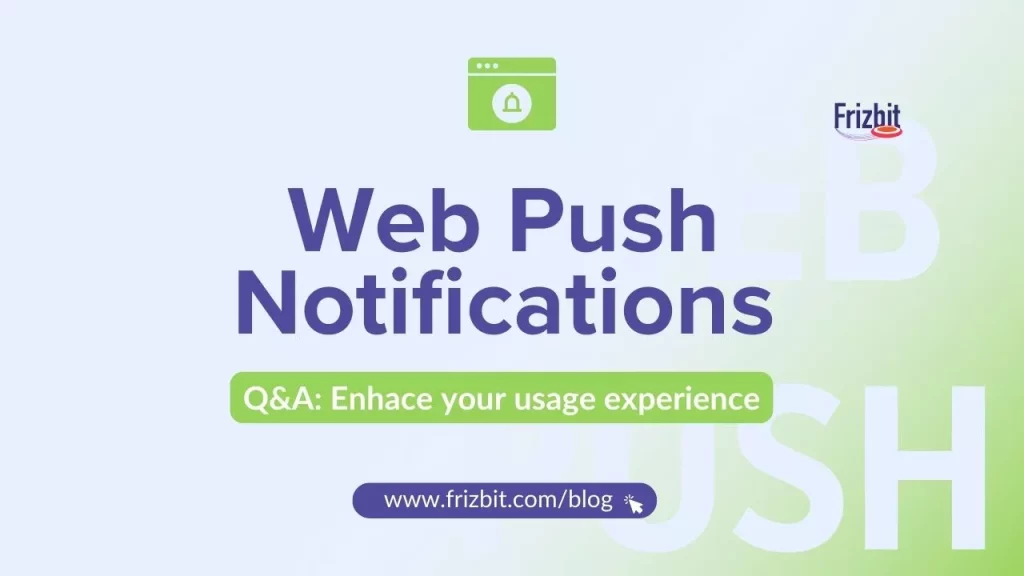
The Web Push Notifications Q&A Blog will cover frequently asked questions about your web push notification campaigns, ensuring you to have a better experience if you are facing any problems with your web push notifications campaigns.
Whether you’re troubleshooting issues or looking for best practices, our goal is to help you get the most out of your push notification service.
Frequently Asked Question
1. Why should Web Push Notifications be part of your Marketing Strategy?
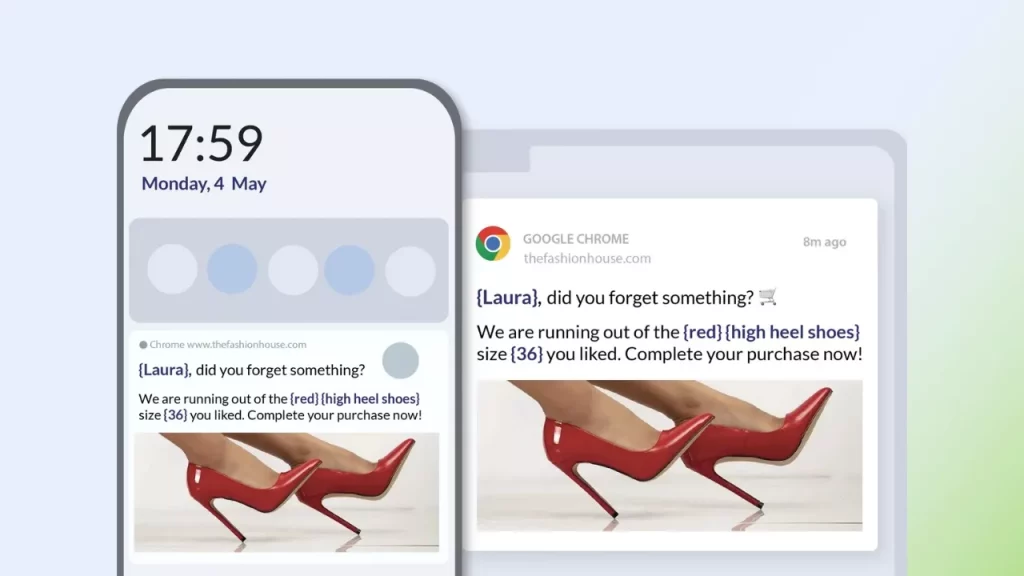
Web push notifications tools are essential in digital marketing, offering direct and instant communication with users. Here’s why they should be part of your strategy:
1. Direct Communication
Reach users instantly, even when they’re not on your website, making them perfect for time-sensitive offers and updates.
2. High Engagement Rates
Push notifications have higher engagement rates than emails, driving more traffic and conversions.
3. Personalized Content
Deliver highly personalized content based on user demographics and behaviour, increasing relevance and engagement.
4. Customer Retention
Keep your audience engaged with timely reminders, personalized offers, and valuable content to encourage repeat visits.
5. Cost-Effective
Implementing web push notifications is inexpensive, making it a budget-friendly strategy for all businesses.
6. Detailed Analytics
Gain insights into user behaviour and campaign performance to refine strategies and improve future campaigns.
7. Broad Compatibility
Compatible with desktops, laptops, and mobile devices, ensuring you reach your audience on any device.
8. Increased Conversions
Drive actions efficiently with targeted and timely messages, boosting conversion rates for various goals.
If you want to learn more in detail about web push notifications, make sure to watch our YouTube video to learn How to Use Push Notifications on Your Website as a Growth Marketing Channel.
How can Web Push Notifications be a part of your Marketing Strategy?
Frizbit offers a complete cross-channel marketing automation retargeting platform to help you implement web push notification effectively into your marketing strategy :
- Hyper-personalization: Automatically tailor notifications to individual user behaviours and preferences.
- Automation: Set up automated campaigns to engage users at the right moments without manual intervention.
- Segmentation: Utilize advanced segmentation tools to target specific user groups with relevant messages.
- Performance Tracking: Access comprehensive analytics to measure the success of your campaigns and make data-driven decisions.
Additional key advantages:
- No Personal Data: Web push notifications don’t require any personal data from end users, making them GDPR-compliant by nature.
- Multi-Device: Reach both mobile and desktop users without needing a mobile application. Web push notifications are supported by almost all major browsers including Google Chrome, Mozilla Firefox, Safari, Opera, and Microsoft Edge.
- Higher Retention: Web push notifications have an average opt-in rate of 2-10% and an average CTR of 8.5%, making them the most engaging user retention channel compared to email, SMS, and social media.
Results
According to Frizbit’s data, web push notifications can achieve:
- 10x ROI
- 5-10% net opt-in rate per unique users
- 5% CTR
- 2% increase in total revenue
Using Frizbit’s platform, you can enhance user engagement, drive traffic, and boost conversions, making web push notifications a cornerstone of your marketing strategy. Start with a free demo today!
2. Why Could My Web Push Notification Campaign Be Outdated?
Outdated push notifications aren’t often a common issue, however, understanding why this happens can help you manage your campaigns more effectively.
One typical scenario is when a user receives a notification long after the campaign was supposed to be delivered. This usually occurs when:
- Browser and Device Inactivity: If a user hasn’t opened their browser or device for a while, any scheduled notifications stay on the browser’s server. These notifications will be delivered as soon as the user reconnects to the internet or opens their browser.
Tip: Ensure users are aware that keeping their devices online and their browsers active can help in timely delivery of notifications. Additionally, encourage them to check their browser settings to allow notifications even when the browser is not actively used.
- Time to Live (TTL) Settings: You can control how long a notification stays on the server before it is discarded. Setting an appropriate TTL can prevent old notifications from being delivered unexpectedly.

Tip: To avoid such issues, define the TTL for each notification in the “Advanced Options” of your push notification settings. For example, to set a TTL of one week, enter 604800 seconds.
- Cache Issues: Sometimes, notifications might appear outdated because they were cached. This can be checked by clearing the browser cache or checking if the notification’s URL still exists in the browser history.
Tip: Always ensure that the TTL is set correctly and monitor your campaign schedules to avoid such confusion.
3. What Are the Recommended Sizes for Web Push Notifications and Icons?
Effective visual presentation is crucial for the success of your push notifications. Here’s how you can ensure your notifications and icons are optimally sized:
- Notification Size: The recommended proportion for push notifications is always 2:1, with a width of 1000px and a height of 500px. This ensures that the notification is visually appealing and fits well across different devices and screen sizes.
- Icon Size: Icons should be clear and easily recognisable. We suggest a size of 250px by 250px. Also, avoid using too many words in the icon, as they appear small and may be difficult to read. Instead, use simple brand icons or initials that are part of your branding. This helps in maintaining clarity and brand recognition even at smaller sizes.
4. Why Can’t I See the List of Web Push Notifications Campaigns on My Dashboard?
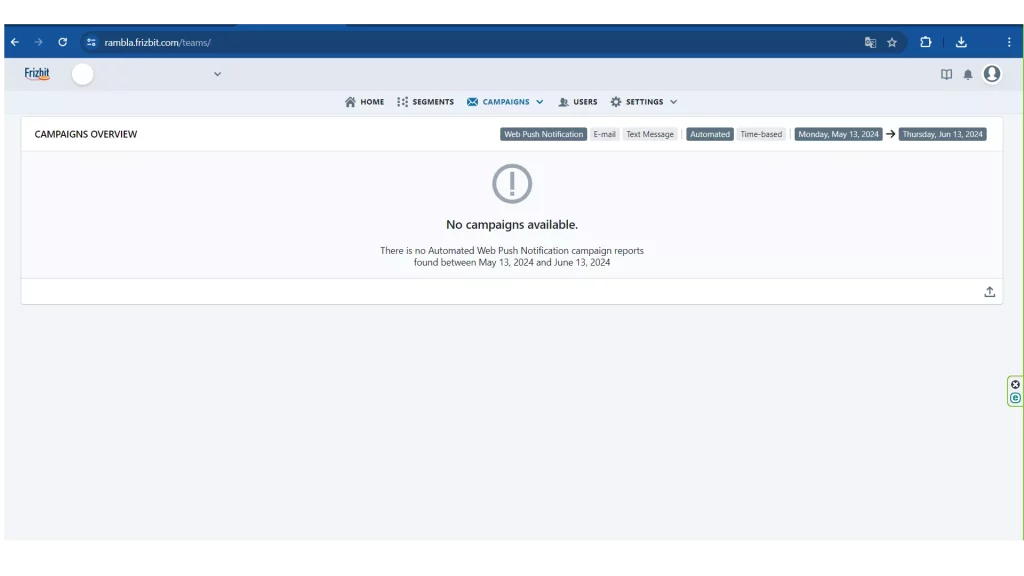
If you can’t see your campaigns, here are some common causes and solutions:
- User Permissions: Ensure that your user account has the necessary permissions to view and manage campaigns. Sometimes, access rights might be limited by the administrator.
Solution: Check with your system administrator to confirm that you have the correct access permissions. Ensure that your user role includes campaign management capabilities.
- Browser Cache Issues: Sometimes, the dashboard might not display updated information due to cached data in your browser.
Solution: Try logging out and then logging back into your account. Clear your browser cache and cookies to ensure you are viewing the most up-to-date information.
- Email and Account Issues:Make sure you are logged in with the correct email address associated with your account.
- System Bugs or Glitches: Occasionally, there might be bugs or technical issues on the platform that prevent the campaign list from loading correctly.
Solution: Check the service status of your notification platform to see if there are any ongoing issues. Contact customer support if the problem persists and provide them with details about the issue you’re facing.
By following these troubleshooting steps, you can address the issue of not being able to see your campaigns on the dashboard.

